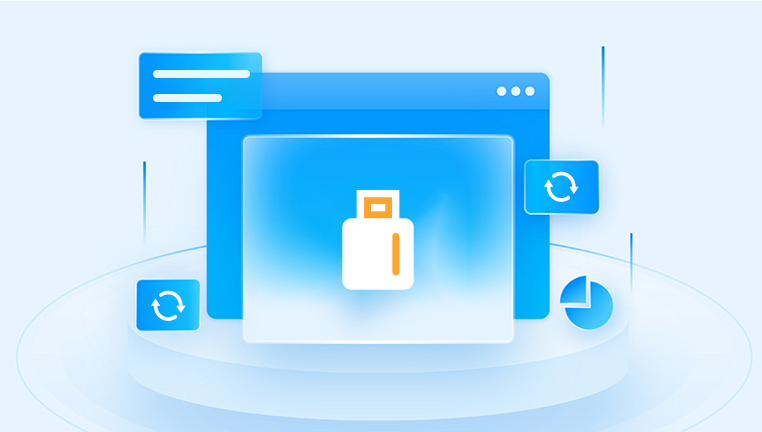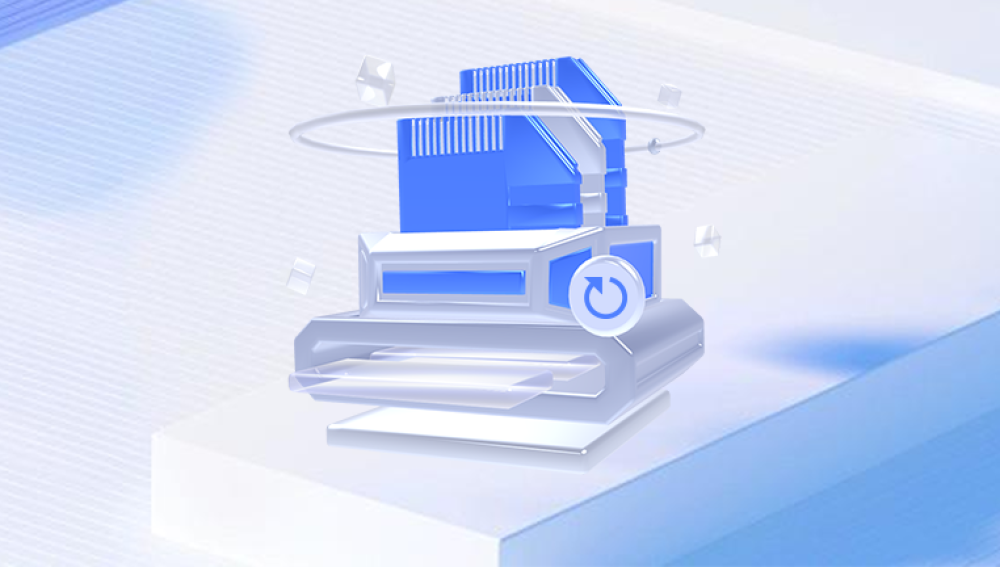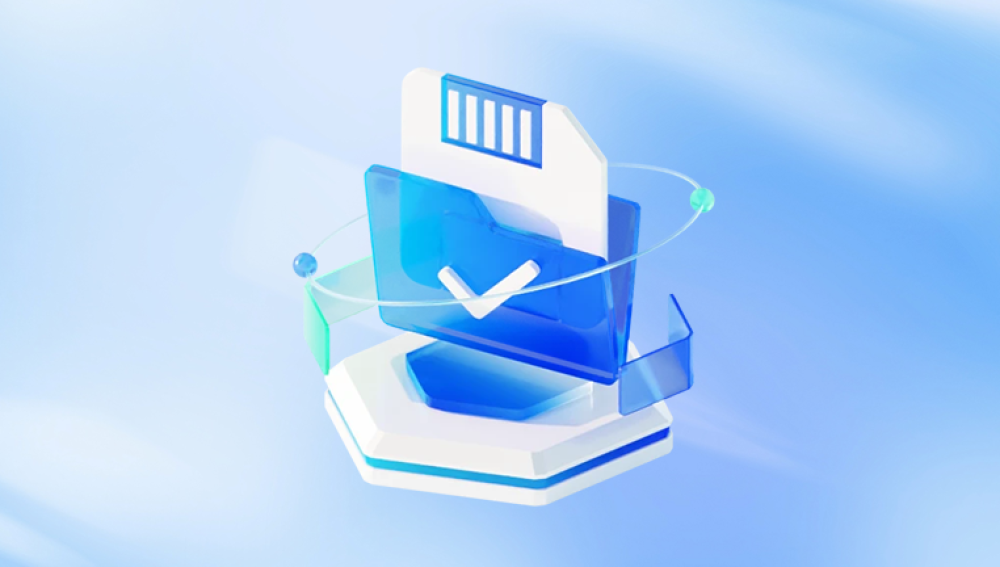Recovering files from a formatted SD card can be challenging, but it’s definitely possible with the right approach.
1. Formatting
What is Formatting? Formatting an SD card prepares it for storage by creating a new file system. This process typically removes the file system structure, making the files invisible, but it doesn't erase the actual data immediately.
2. Why Data Recovery is Possible
When you format an SD card, the data is not instantly deleted. Instead, the operating system marks the space as available for new data. Until new data overwrites this space, recovery is feasible.
3. Preparing for Recovery
Do's and Don'ts:
Do stop using the SD card immediately to prevent overwriting data.
Don't attempt to write new files or reformat again.

4. Choosing the Right Recovery Software
Drecov Data Recovery is a powerful and user-friendly software solution designed to help users recover lost, deleted, or formatted files from various storage devices, including SD cards, external hard drives, and USB drives. Its intuitive interface and robust recovery capabilities make it an ideal choice for both novice and experienced users seeking to retrieve important data.
Comprehensive Recovery Options: Drecov Data Recovery supports a wide range of file types, including documents, photos, videos, and more. Whether files were lost due to accidental deletion, formatting, or a system crash, the software offers effective solutions to recover them.
User-Friendly Interface: The software is designed with simplicity in mind. Users can easily navigate through the recovery process without needing extensive technical knowledge. The step-by-step wizard guides users through the recovery, ensuring a smooth experience.
Deep Scan Functionality: For more complex recovery scenarios, Drecov Data Recovery includes a deep scan feature that thoroughly analyzes the storage device to locate lost files. This functionality is especially useful for retrieving files from formatted or corrupted devices.
Preview Feature: Before finalizing the recovery, users can preview the files detected by the software. This feature allows users to verify the contents of files, ensuring they are recovering the correct data.
Multi-Platform Support: Drecov Data Recovery is compatible with various operating systems, including Windows and macOS. This versatility makes it accessible to a broad range of users, regardless of their preferred platform.
Free Trial Version: Panda offers a free trial version of its software, allowing users to scan their devices and preview recoverable files before committing to a purchase. This trial option helps users assess the software’s effectiveness and decide if it meets their needs.
Using Drecov Data Recovery is straightforward:
Download and Install: Begin by downloading the software from the official Panda website and installing it on your computer.
Select the Device: Launch the software and choose the storage device from which you wish to recover files.
Scan the Device: Initiate a quick or deep scan. The quick scan will search for recently deleted files, while the deep scan will thoroughly investigate the device for lost data.
Preview and Recover: Once the scan is complete, review the recoverable files. Select the files you wish to restore and choose a destination on your computer to save them.
5. Step-by-Step Recovery Process
Step 1: Download and Install Recovery Software
Choose your preferred software and install it on your computer. Ensure it’s not installed on the SD card you wish to recover data from.
Step 2: Connect the SD Card
Use an SD card reader to connect the formatted SD card to your computer. Ensure it’s recognized.
Step 3: Launch the Recovery Software
Open the installed software and select the SD card from the list of available drives.
Step 4: Scan the SD Card
Initiate a scan. Most software provides options for quick and deep scans. A deep scan will take longer but is more thorough.
Step 5: Preview Recoverable Files
Once the scan is complete, the software will display recoverable files. Preview these files to identify what you want to recover.
Step 6: Recover Files
Select the files you wish to restore and choose a recovery location on your computer (not on the SD card).
6. Tips for Successful Recovery
Regular Backups: Regularly back up your data to avoid loss.
Use Reliable Software: Always choose reputable recovery software to ensure safety and efficiency.
Check for Updates: Ensure your recovery software is updated for the best results.
7. Troubleshooting Common Issues
SD Card Not Recognized: Check the card reader and try a different USB port.
Files Not Found: If initial scans don’t find files, consider a deep scan.
8. Professional Data Recovery Services
If software recovery fails, consider professional services. They have advanced tools and expertise for complex recovery situations.
9. Preventive Measures
Avoid Sudden Ejections: Always safely eject the SD card.
Format Regularly: Regular formatting can help maintain card health, but ensure backups are in place.




